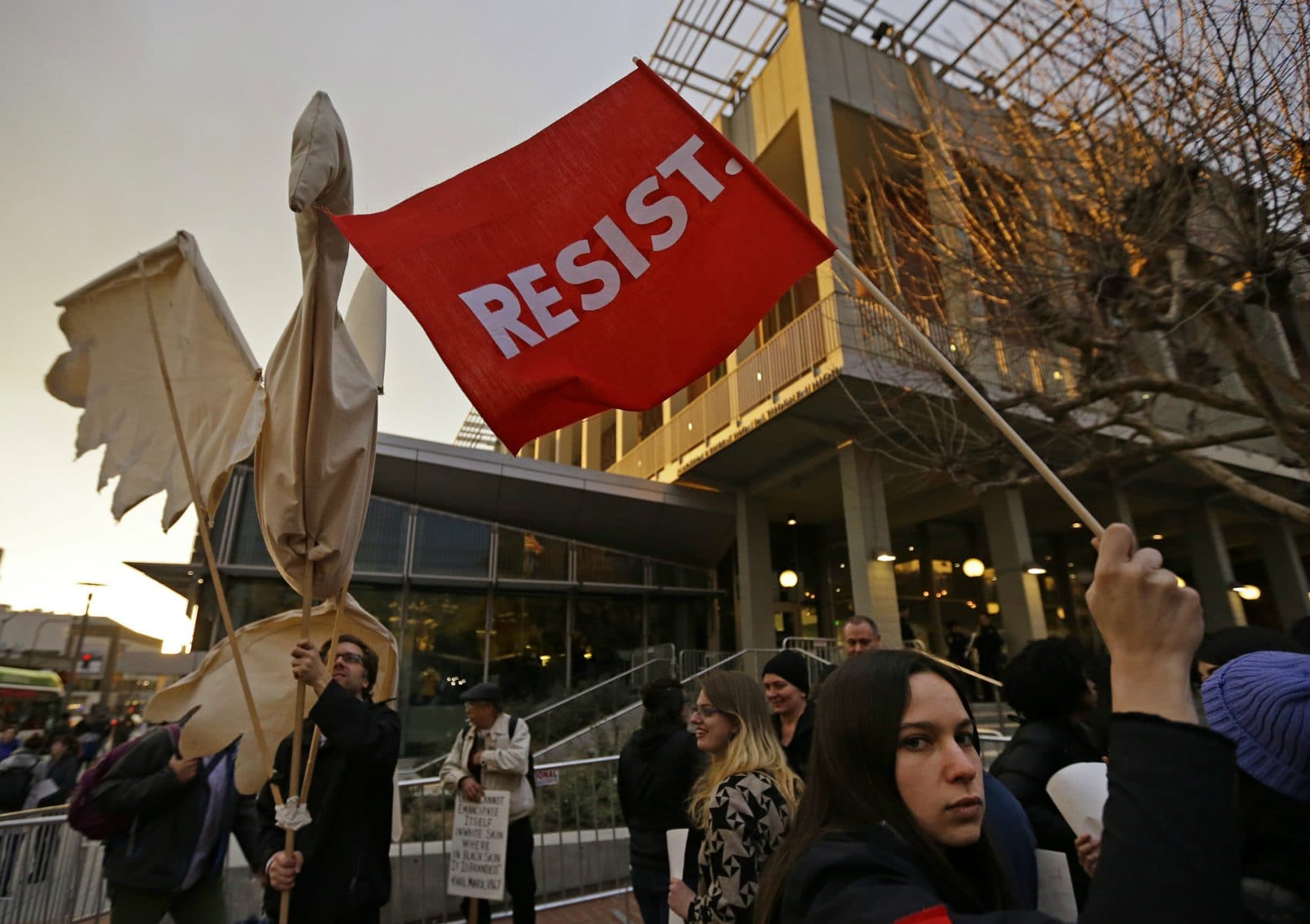Advertisement
History Repeating: Lessons From The Civil Rights Era For Maximizing The Power Of Protests

COMMENTARY
At least one elected official and his advisors seem eager to confirm the adage that “Those who fail to learn from history are doomed to repeat it.” As Americans gird themselves against societal upheaval and figure out how to respond, it’s worth noting that we can learn from history in an effort to repeat past successes.
How do you oppose a government? There have been articles written on how Italy finally rid themselves of a kleptocratic businessman-prime minister, or how Venezuelans confronted an authoritarian president. While there are lessons to learn from both of those situations, the United States has an excellent example of a successful protest movement to model ourselves on from the Civil Rights Era.
We only vote for president every four years, but how we spend our dollars daily will affect corporate decisions.
What can we learn from Civil Right Era protests?
Pressure specific companies and agencies. By broadcasting unfair practices at Woolworth’s lunch counters or effectively boycotting the Montgomery City Bus lines, protesters shifted corporate policy ahead of legislation. Businesses, large or small, can and will move faster than lawmakers. In the wake of the executive order limiting immigration, Starbucks promised to hire 10,000 refugees in the next five years (prompting a boycott that prompted a counter movement). We only vote for president every four years, but how we spend our dollars daily will affect corporate decisions.
Focus on issues, not personalities. Ad hominem attacks serve only to entrench your opponents. Think about the Civil Rights anthems you know. Remember “Oh Pritchett, Oh Kelly”? That song, asking for the release of protestors in the town jail, was addressed to the police chief and mayor of Albany, Georgia. (The Albany movement was a notable failure because the demands were too vague, although Martin Luther King, Jr. later wrote that the lessons learned shaped future successes.) The messages of equality, unity and steadfastness — “We Shall Overcome,” “Ain’t Going To Let Nobody Turn Me Around” — remain. When you call someone out by name, they and their supporters tune out your message in their defensiveness.
Preparation matters. The legend of Rosa Parks presents a case study. Many of us were taught that Ms. Parks sat down one day and simply refused to get up. This makes her act seem spontaneous when it was anything but. Parks was employed by the NAACP and had trained to be an activist. Claudette Colvin, a pregnant teenager, was the first to be arrested for resisting segregation rules on Montgomery buses, but protest groups waited to promote the more palatable married office worker Parks as the face of their movement. Which leads to...
Optics matter, therefore civility matters. The choice of Rosa Parks was an important one, especially when considering the audience. Then, as now, there were folks entrenched in one way of thinking or another. But the large majority remained in the middle, undecided and largely uninformed. Non-violence, civility and grace matter to this audience. Any overt acts of violence distract from the message protesters try to convey. Just getting on the news with a slogan is not enough; the manner in which the message is delivered affects how it is received.
This is why the violent protests at Berkeley over a planned talk by right-wing commentator Milo Yiannopoulos are counterproductive. Remember the campaign of 2016? Whenever critics disparaged the Black Lives Matter movement, they always brought up the violence in Dallas -- including the murders of five Dallas police officers after a Black Lives Matter demonstration on July 7 — as a way to dismiss the concerns of the mostly peaceful demonstrators.
Protesting works. The Civil Rights Movement is proof of that. Recently, a number of articles warn that protests play into the administration’s hands, that protesting is just a feel-good exercise for participants. That may be so, but that doesn’t have to be all there is. Almost 63 million people voted for the Republican ticket in November; almost 66 million voted for the Democrats. Ninety million people didn’t vote at all. The protests will likely not change plans in the White House, nor will they change the minds of the president’s strongest supporters. But they can start getting some of those 90 million people to resist unconstitutional changes to our government.
Just getting on the news with a slogan is not enough; the manner in which the message is delivered affects how it is received.
These lessons all point to an overarching theme: building allies. Instead of tearing down enemies, build a coalition that is reasonable, civil and focused. Rather than demonizing opponents, give them the opportunity to change their minds and join your side.
There’s a lot from the Civil Rights Era that can inform the present day, including this: In times of change, when the nation reassesses its values and moral compass, we will all be judged. Ask yourself, are you proud of your parents' and grandparents’ actions during the Civil Rights Era?
More important, what will you tell your grandchildren you did during the Trump presidency?
